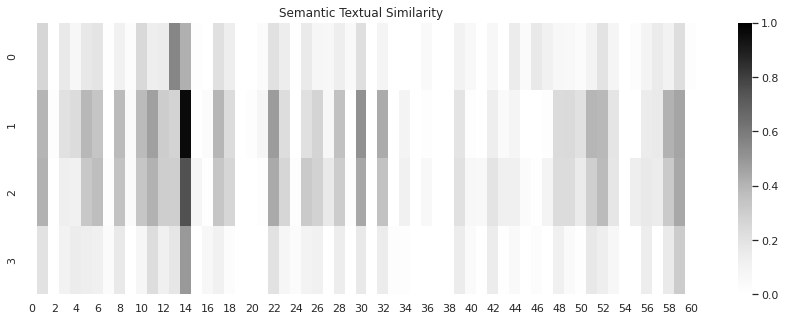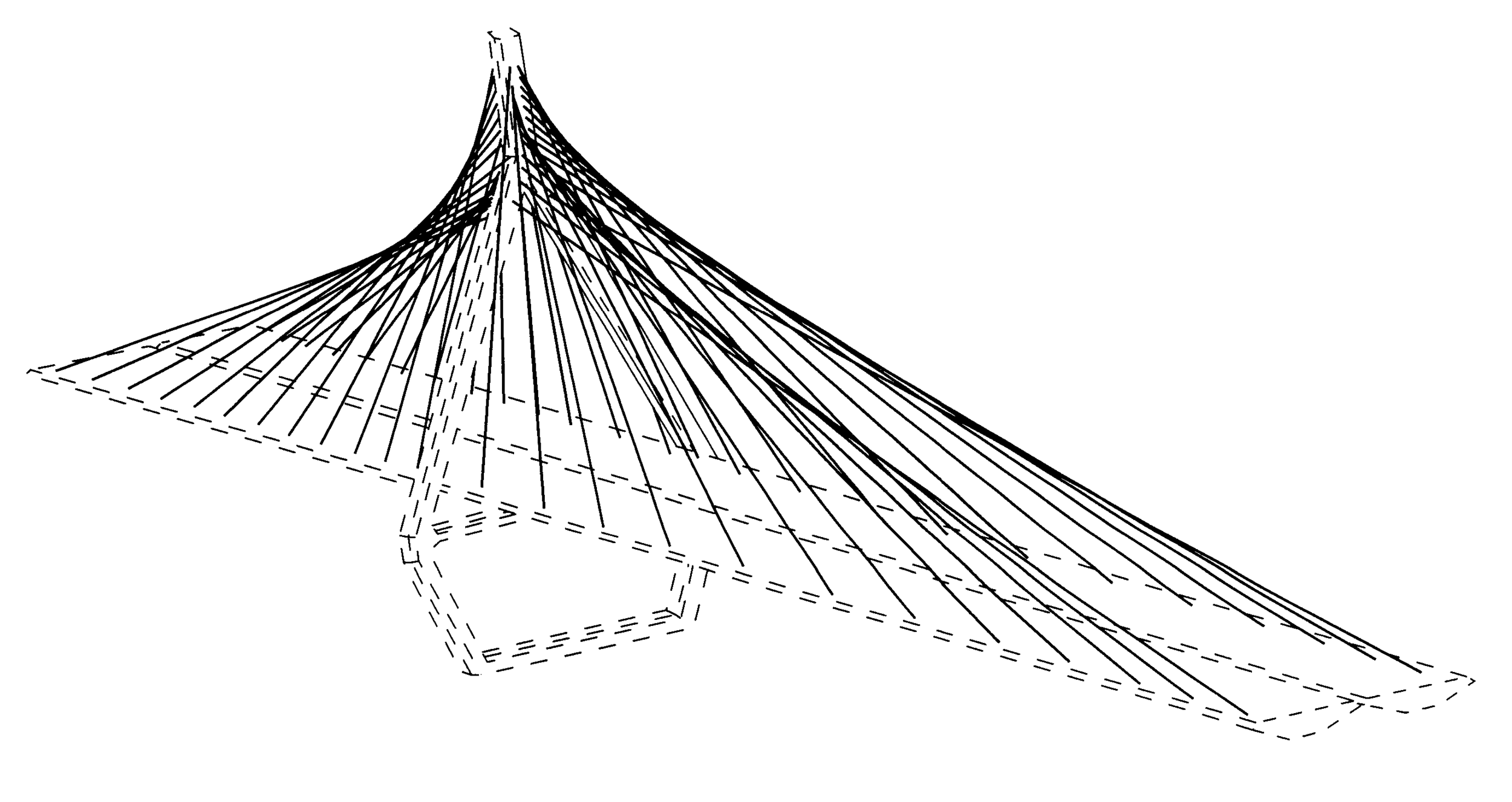However, often provisional applications are not as detailed as the later filed non-provisional applications. The patent claims are only entitled to the date of the provisional application for material that was disclosed in the provisional; not new matter that was added in a later filed non-provisional application. Like the analysis that was performed in the article Using Deep Neural Networks to Automate the Creation of Specification Support Charts, Deep neural network can also be used to help analyze priority claims to provisional applications.
All tagged 35 USC 112
Using Deep Neural Networks to Analyze Specification Support and Automate the Creation of Specification Support Charts
A heat map display can be used to easily visualize where claim elements are supported in the specification. The darker the color intersecting cells represent more similarity between the specification and the claim language. To the extent the heat map does not have a high level of similarity to the claims, it may indicate that there is an issue with specification support for a particular claim or claim element. This information can be used to automate the creation of a more traditional claim support chart.
What is a Patent Specification Support Chart?
A specification support chart is a two column chart with each element of the claim language in the left column, and the corresponding specification support from the specification and figures as filed in the right hand column.
What do Contingent Fee Lawyers Look for When Considering Specification Based Defenses?
The best contingent fee case will have many issued Patent claims, but among them, there should be a narrowly crafted claim with clear language that corresponds directly with the alleged infringement. The best "contingent fee" claims will also be unquestionably supported and enabled by the specification and be free of "means plus function" language.




